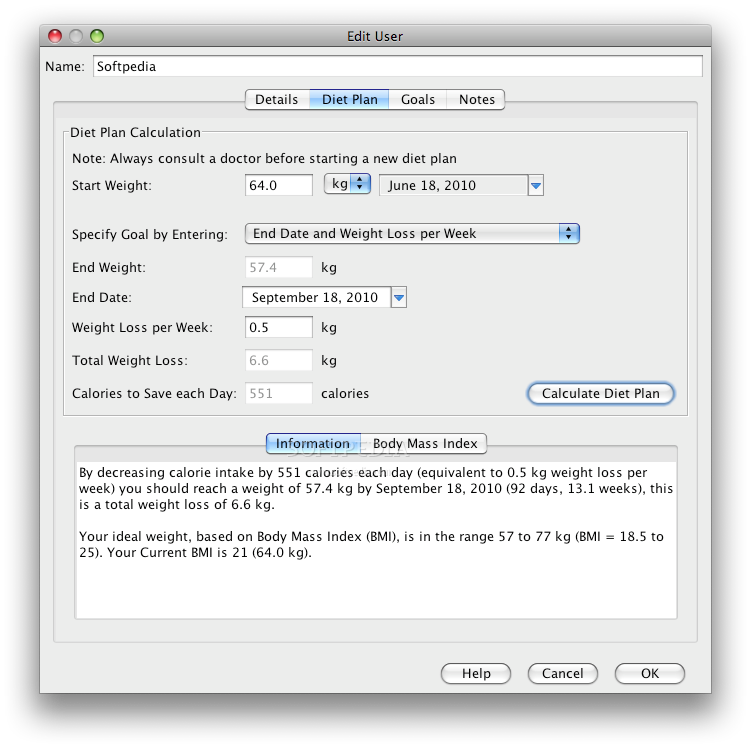
The way to our heart may also be through our stomach. Stop exercising and resting heart rate goes right back up.Įxercise is only one way to drop our heart rate, though. If you put people through a 12-week aerobic conditioning program of cycling, StairMaster, and running on a treadmill, their resting heart rate can drop from around 69 to about 66-about a three-beat-per-minute drop. “The public health benefits of physical exercise, especially for protection, are widely accepted.…Among the many biological mechanisms proposed to account for this risk-reducing effect is autonomic nervous system regulation of the heart”-that is, our brain’s ability to slow down the resting beat of our heart. Ironically, we make our heart go faster so, the rest of the time, it beats slower. In fact, these people may be right where they should be.Ĭertainly, a “heart rate higher than 80 beats per minute should ring an alarm bell,” but what can we do about it? Exercise is one obvious possibility. Now, we know that normal doesn’t necessarily mean optimal, but doctors shouldn’t be telling people with heart rates in the 50s that their heart rate is too low. A heart rate of 60 to 100 doesn’t even represent the bell curve.Ī group of cardiologists measured the heart rate of 500 people and concluded that 45 to 95 beats per minute was a better definition of normal, rounding to 50 to 90, which a survey of leading cardiologists concurred with. It was an historical accident like the QWERTY keyboard that just became the norm. Where did that range come from? It was adopted as a matter of convenience simply based on the scale of the squares on EKG paper. If you ask most doctors, though, 90 is considered normal: The accepted limits of heart rate have long been set at 60 to 100 beats per minute. Indeed, resting heart rates around 90 beats per minute increase heart disease risk at a level similar to smoking. To put it bluntly, their first symptom is their last.


Exercise, men with no apparent evidence of heart disease who have a pulse of 90 may have five times higher risk of sudden cardiac death compared to those in the safety zone. As I discuss in my video Slow Your Beating Heart: Beans vs. This is particularly important when we start getting up to around 80 or 90 beats per minute. So, we can simply look at our watch or the timer on our smartphone, and, if our heart is beating faster than the seconds going by, especially when we’re sitting quietly, then we have to do something about it. “There seems to be a continuous increase in risk with increasing heart rate,” at least for values above a beat a second. “The accumulated weight of evidence linking elevated heart rate to cardiovascular and all-cause mortality”-that is, to a shortened lifespan-“even in apparently healthy individuals, makes a strong case for it to be considered in the assessment of cardiovascular risk.”Įvery ten-beat-per-minute increase is associated with a 10 to 20 percent increase in the risk of premature death.

Taking your pulse is cheap, takes little time, is understandable to people, and is something everyone can do at home to measure their progress to become an active participant in their own health management. Monitoring resting heart rate has strong advantages.


 0 kommentar(er)
0 kommentar(er)
